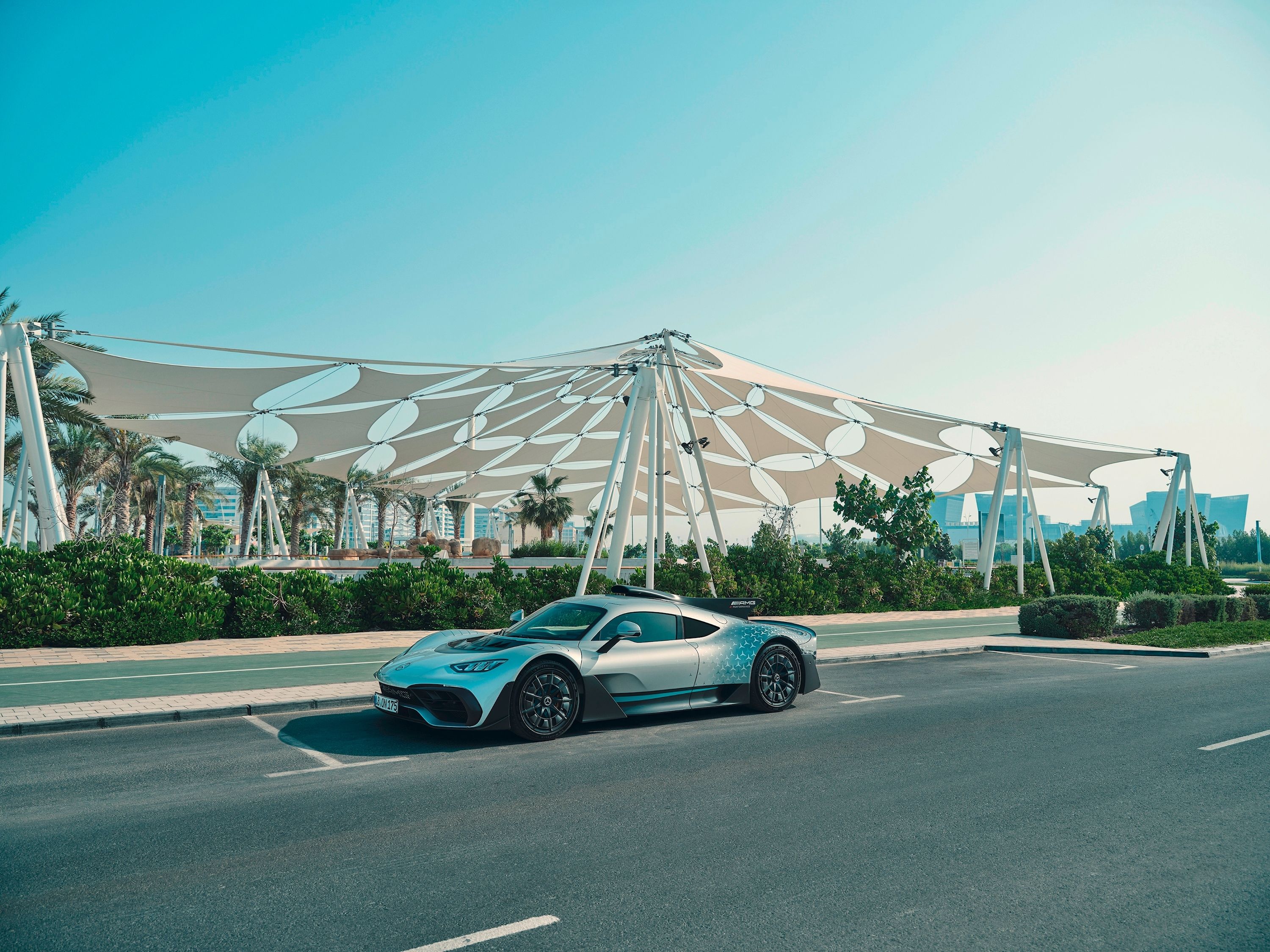
If you had told us one year ago that the Mercedes Formula 1 team would be struggling to climb onto the podium in 2022, we'd have asked you for some of whatever you were smoking. Lewis Hamilton was on for his 8th World Driver's Championship, Valtteri Bottas was providing some of the most solid support we'd seen from him yet, and Toto Wolff was in full "Smug Austrian" mode. Now, the tables have turned. Heck, Valtteri beat Lewis in an Alfa Romeo at one point this season. If you haven't heard by now, one of the team's biggest struggles is "porpoising."
Basically, that means the car is bouncing about more than a low-rider with air suspension. The air moving over the 2022 Mercedes Formula 1 car isn't behaving, causing the car's body to move up and down at speed. Understandably, that makes it hard to drive. How can you brake from 180+ mph when your feet are moving about against the pedals?
The problem was one faced by the majority of teams during pre-season testing in Barcelona. However, many quickly figured out how to solve the issue entirely by the season opener in Bahrain. You'd think the same people that brought their F1 car to the streets in the form of the Mercedes-AMG ONE would have better luck, but no. For Mercedes, the majority of the issue is that the force of the air moving over the car is not consistent, which creates the porpoising effect.
Some teams have had success with using a stabilizer bar on the floor of the car, like the one you see on the Merc above (the silver bar next to the Petronas sticker). Small metal "nubs" like the ones you see next to that bar also help smooth the air. The floor is key on the 2022 cars, taking a huge amount of the aerodynamic load. Merc has attempted to raise the height of the floor, creating room for air to flow more consistently beneath the car. In reality, it made the car more stable, but also slower. Merc has compensated by making more extensive use of the car's wings to generate downforce.
In short, the porpoising problem is hard to chase down. Changing the floor drastically reduces downforce, and placing more load on the wings makes the car slower on the straights. It's a catch-22. Change one thing and a ripple effect could benefit or harm the whole car. We'll have to wait for next week's race in Australia to see if Mercedes can claw their way back to the top. For now, Merc will have to count on the AMG ONE rivaling the Aston Martin Valkyrie on the streets, and not on their F1 cars winning on the track.
